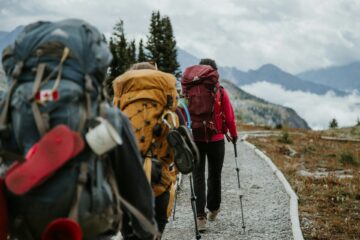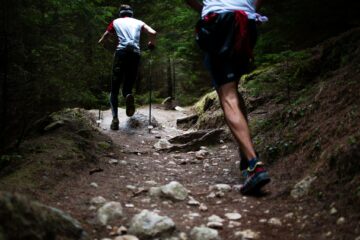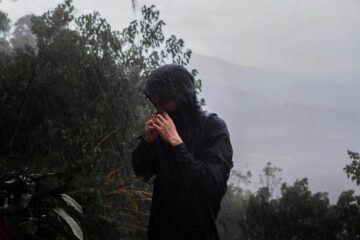When you’re adventuring in the great outdoors, sometimes emergency situations may arise without warning, such as getting lost in the woods, extreme weather, or an accident happening to yourself or a friend. In such situations, the first thing you should do is to be calm and not rush into decisions that could be dangerous.
This is where the STOP method in survival comes in handy. This method is a simple approach that can help you survive in a more structured and less panicked way. STOP in survival stands for Stop, Think, Observe, Plan.
By following these steps, you can be more focused and make more informed decisions when facing emergency situations. This article will discuss more about the STOP method and how you can apply it in various survival situations that you might face in the wild.
Understanding the STOP Method in Survival
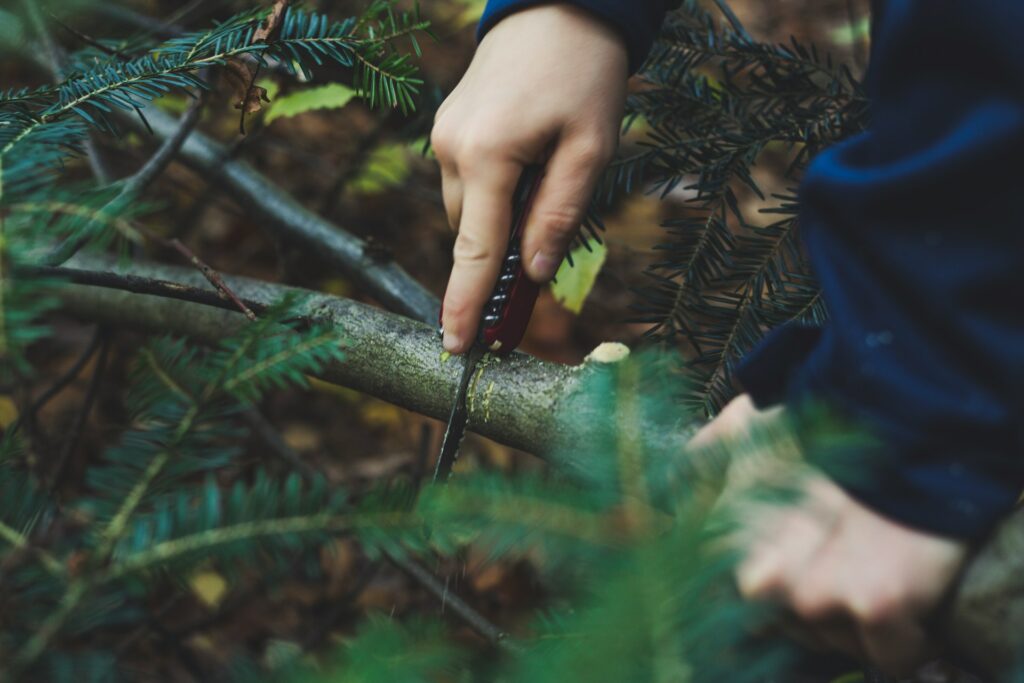
Sharpening survival skills in the wild—cutting branches with a folding knife during a forest exploration.
When you’re in an emergency situation like a stray or extreme weather during a nature exploration, the main thing you need to do is stay calm. This is where the STOP method in survival is important to help you think clearly and make the right decisions. STOP in survival stands for: Stop, Think, Observe, Plan. This method is simple but very effective to use so that you can stay safe. The following is an explanation of the STOP method:
Stop
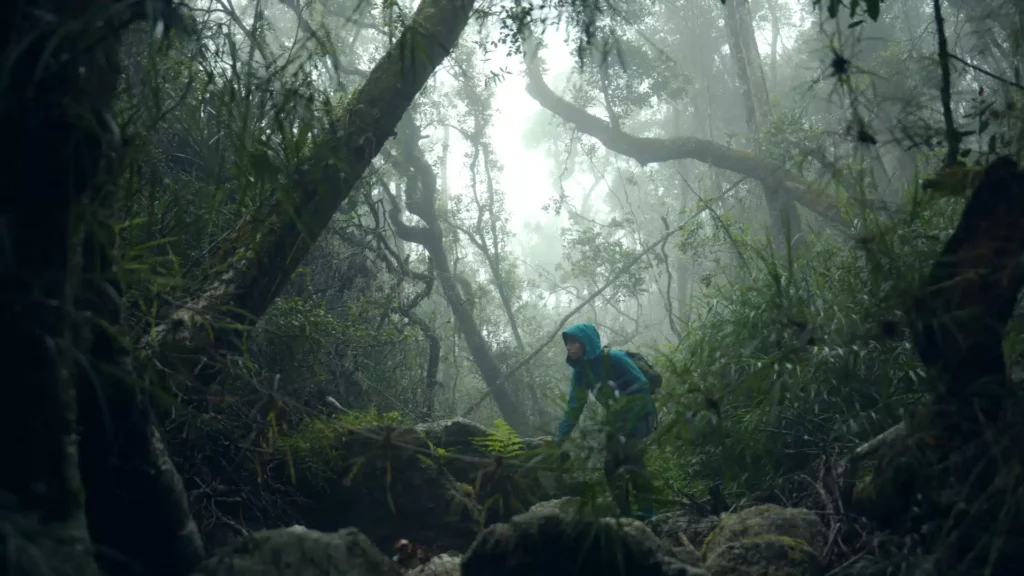
image from: explorers.org
The first step of the STOP method is to stop. You must stop first, don’t rush to make decisions. Take a deep breath, sit down, and try to calm your mind.
If you act immediately when you’re panicking, you could end up getting even more lost or making things even more dangerous. For example, if you’re walking in a forest and suddenly realize you’re lost, don’t run or run around in circles.
Stay in a safe place first, it will help the rescue team find you more easily. The point is, stopping in survival doesn’t mean giving up, but giving yourself time to think.
Think
After stopping, it’s time to think. What’s going on? Do you still have water? Do you have enough food? Are there any landmarks that you can remember? In this Think stage, you start to prioritize, from finding water, shelter, to first aid in case of injury.
Stop survival is not just about surviving, it’s also about making logical decisions. So think about what steps are safe to take, not what is rushed.
Observe
The third step in the STOP method of survival is Observe. Take a look around, looking for signs that can help you find water sources, edible plants, natural shelter, or trails that might be familiar.
You can also find a high place to see the terrain around you, like climbing a big rock or a small hill. By observing, you can take more appropriate steps and not just walk. This is very important in STOP survival, as your surroundings can give you many clues.
Plan
The last step of the STOP method is Plan. After thinking and observing your surroundings, it’s time to make a plan. Should you stay put or try to find a way out? Which needs to be met first: water, food, or protection?
Don’t just move aimlessly. A clear plan will make you calmer and your actions more effective. For example, make a sign to call for help, or find a safe route down the mountain.
Application of the STOP Method in Survival Situations
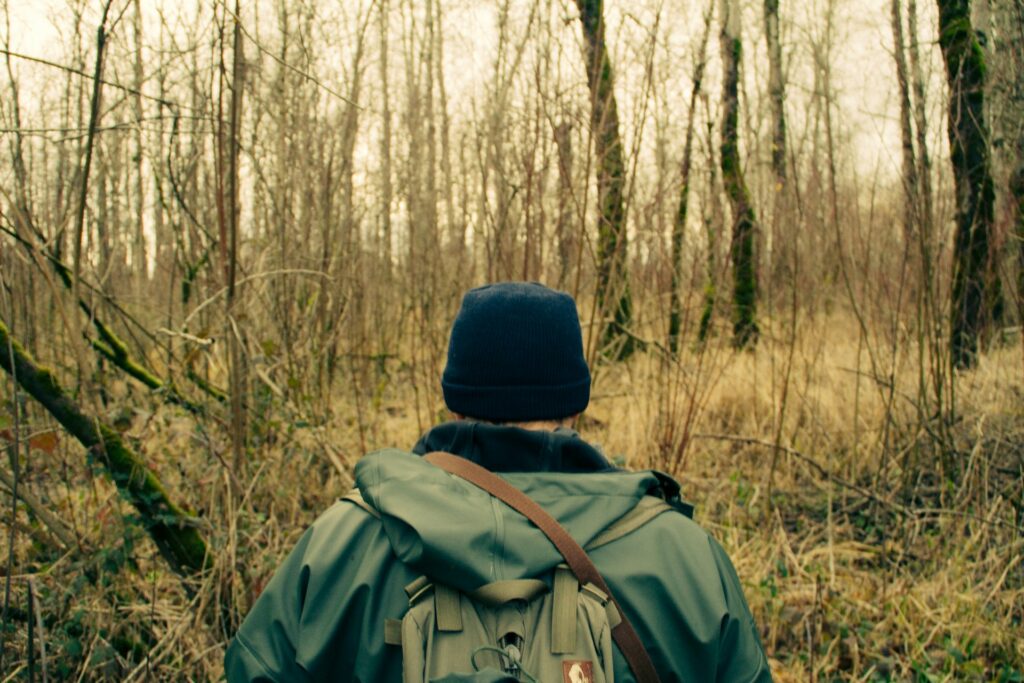
The first step in wilderness survival: stop, stay calm, and observe before making any move—STOP method in action.
The STOP method, which stands for Stop, Think, Observe, Plan, is a simple but very useful approach in wilderness survival situations.
With the STOP method in survival, you are invited not to immediately act impulsively, but first calm down and think clearly. Check out how you can apply the STOP method in various emergency conditions.
Lost in the Forest
When you realize that you’re lost and don’t know how to get home, it’s not time to panic. Instead, it’s time to use STOP survival in the right way. First, stop walking and take a breath. Don’t make decisions while panicking.
Once you’re calm, you can think about your last route, the direction you took, and when you last saw a road sign. Then, look around for tracks, water sounds, or maybe other natural clues? Once you have an idea, you can plan your actions, whether it’s turning back, signaling for help, or finding a safe place to wait.
Dealing with Extreme Weather
Weather that suddenly changes whether it’s a storm, heavy rain, or extreme cold can be really dangerous if you keep going. This is where the STOP method in survival really comes in handy. You need to stop first, find some shade, and don’t just keep going.
After that, you can think about whether your equipment is enough to survive? You should also observe the surrounding conditions, look for a place that is safe from falling trees or landslides. Finally, you can make a plan, such as building an emergency bivouac or waiting for the weather to subside before continuing your journey.
Injury
If you or a friend is injured, whether it’s a fall, sprain, or cut by a sharp object, don’t panic or rush to move. Apply STOP in survival. First, stop and calm yourself down.
Only after that, you can think about the condition of the wound, whether it needs serious help or can be handled on the spot. Next, observe the wound in detail, give first aid as needed, and prepare a plan: continue slowly, seek help, or ask to be evacuated.
Dealing with Wild Animals
If you suddenly encounter wild animals on the trail like snakes, wild boars, or even predators, don’t immediately panic or scream. This is when you use STOP survival. Stop, don’t move fast, and calm down.
Then, think about your position and distance, and how risky the situation is. After that, pay attention to the animal’s movements if it’s just passing by, you don’t need to do anything. But if it looks wary, you should be ready to make a plan to retreat slowly, find shelter, or use tools to protect yourself if you have to.
So, the STOP Method in survival is really important to help you stay calm in emergency situations. With this STOP survival method, you can be better prepared for all conditions, from straying, extreme weather, injury, to encountering wild animals. Most importantly, don’t panic! Apply STOP survival and you can survive better in the wild. Are you ready to practice?
